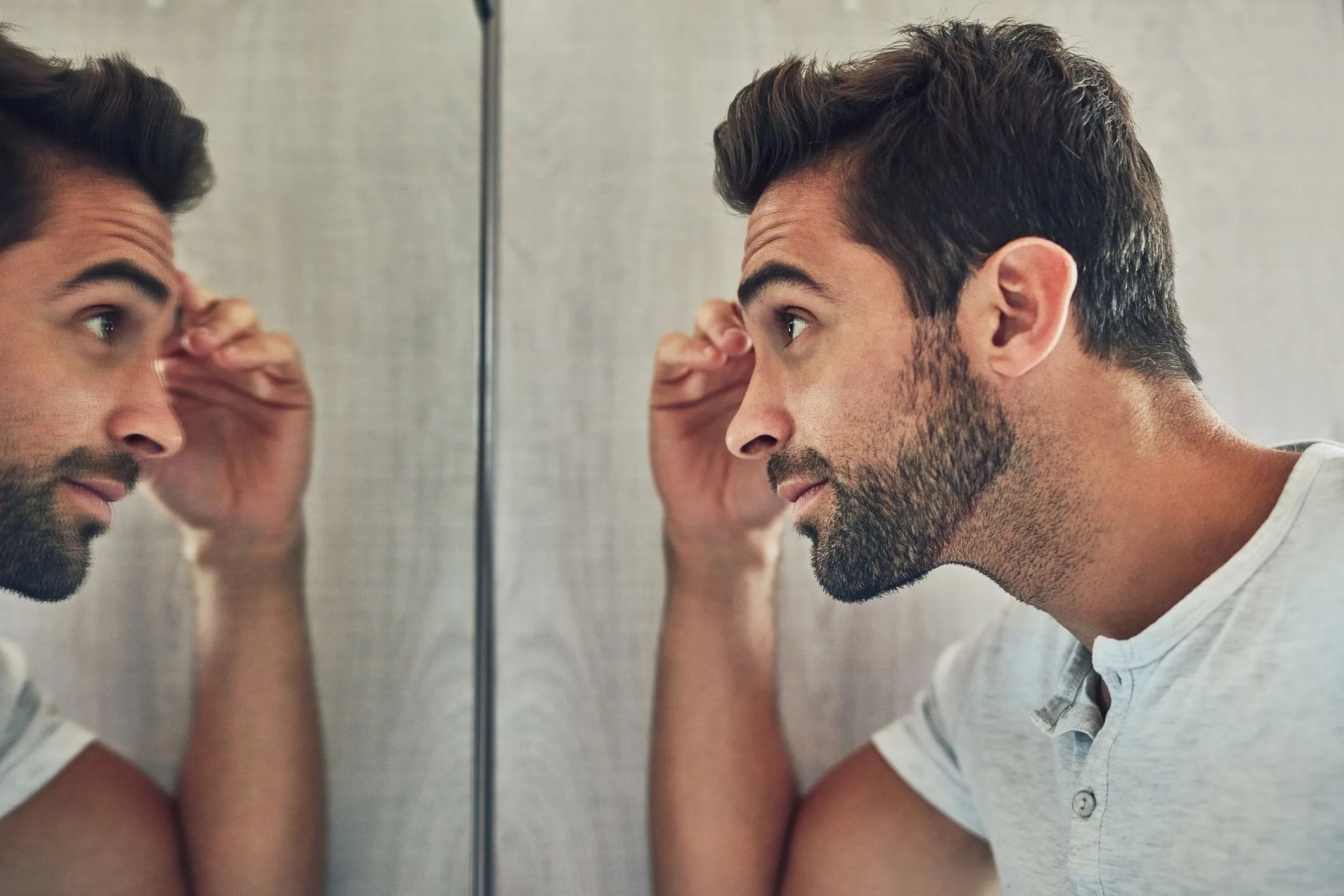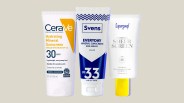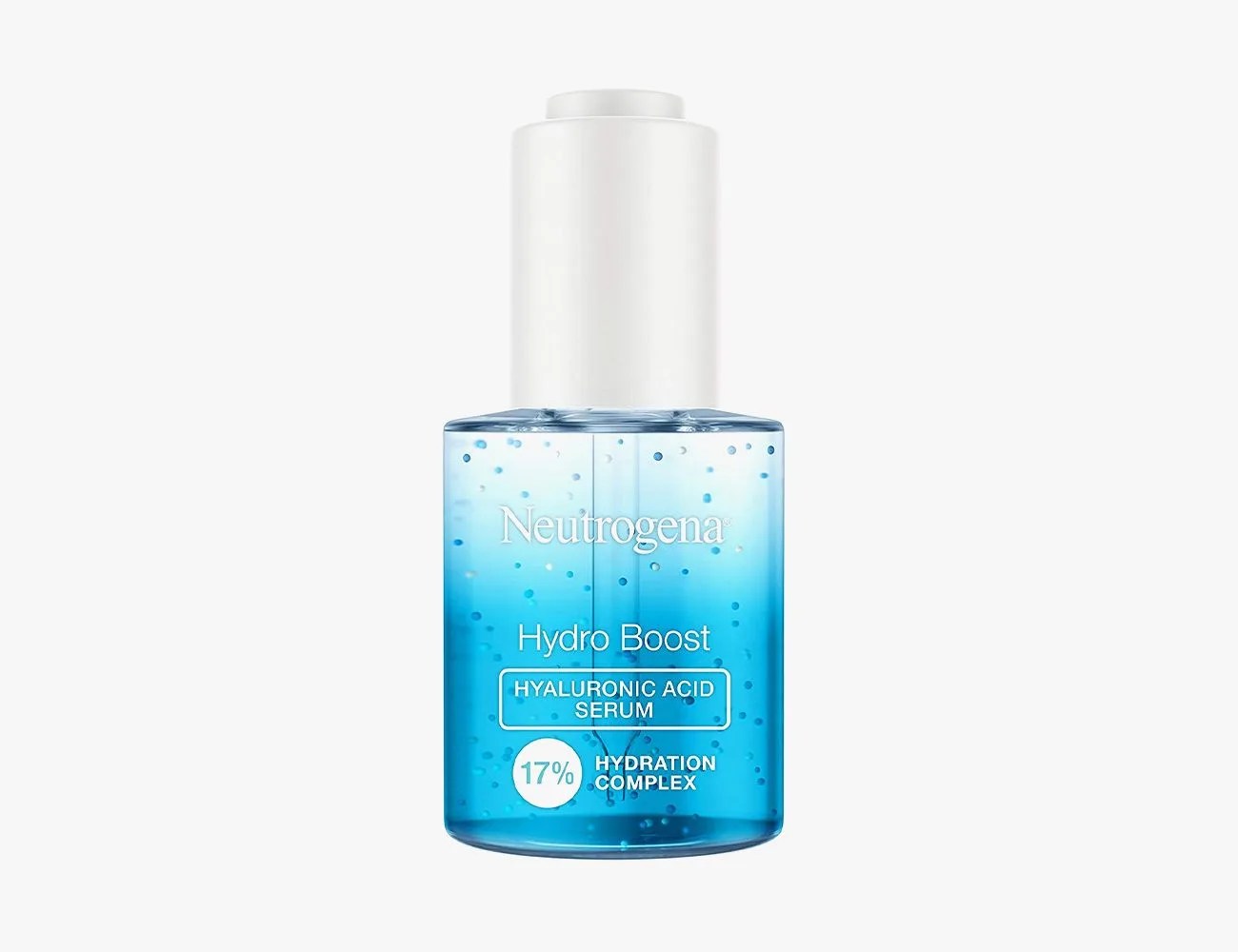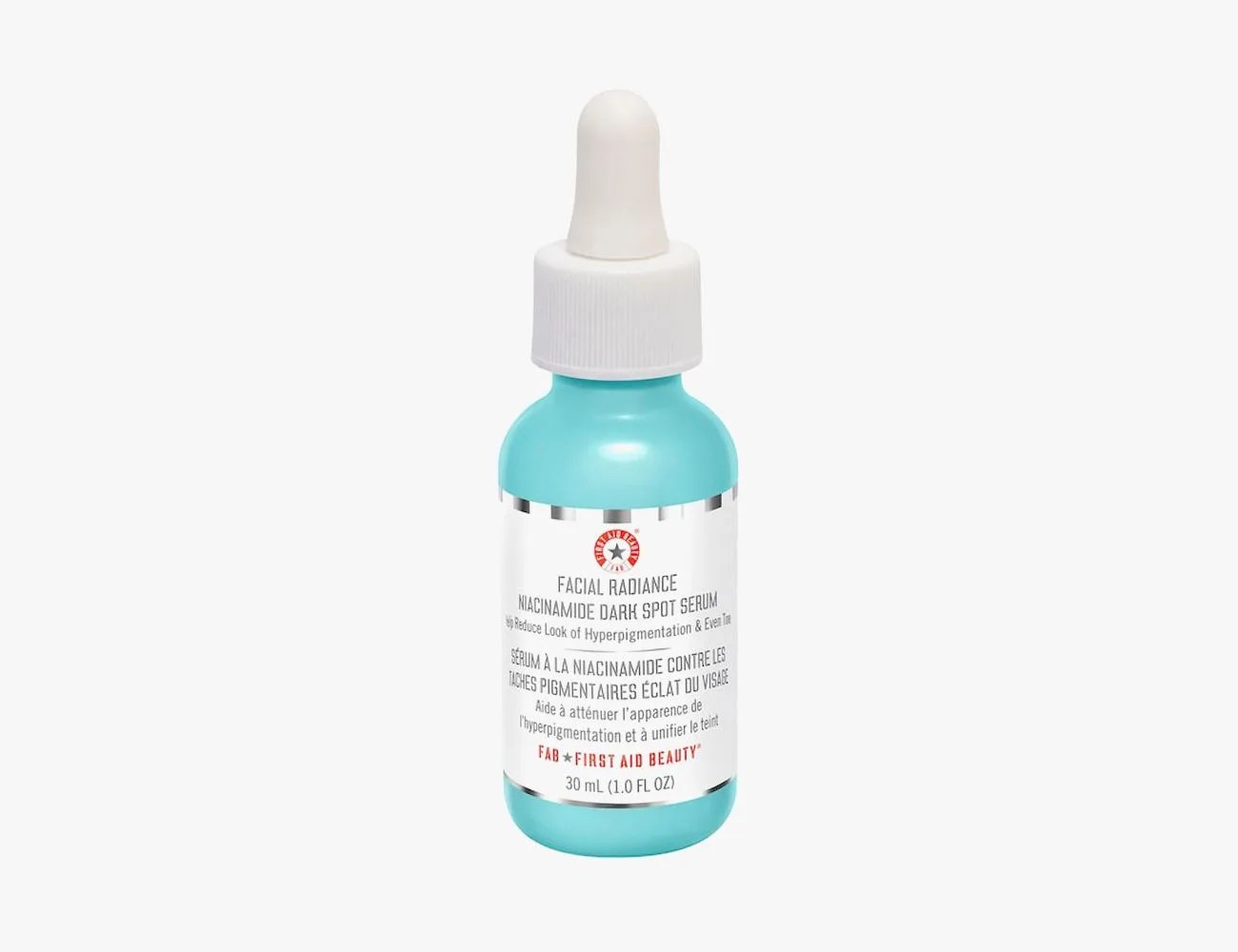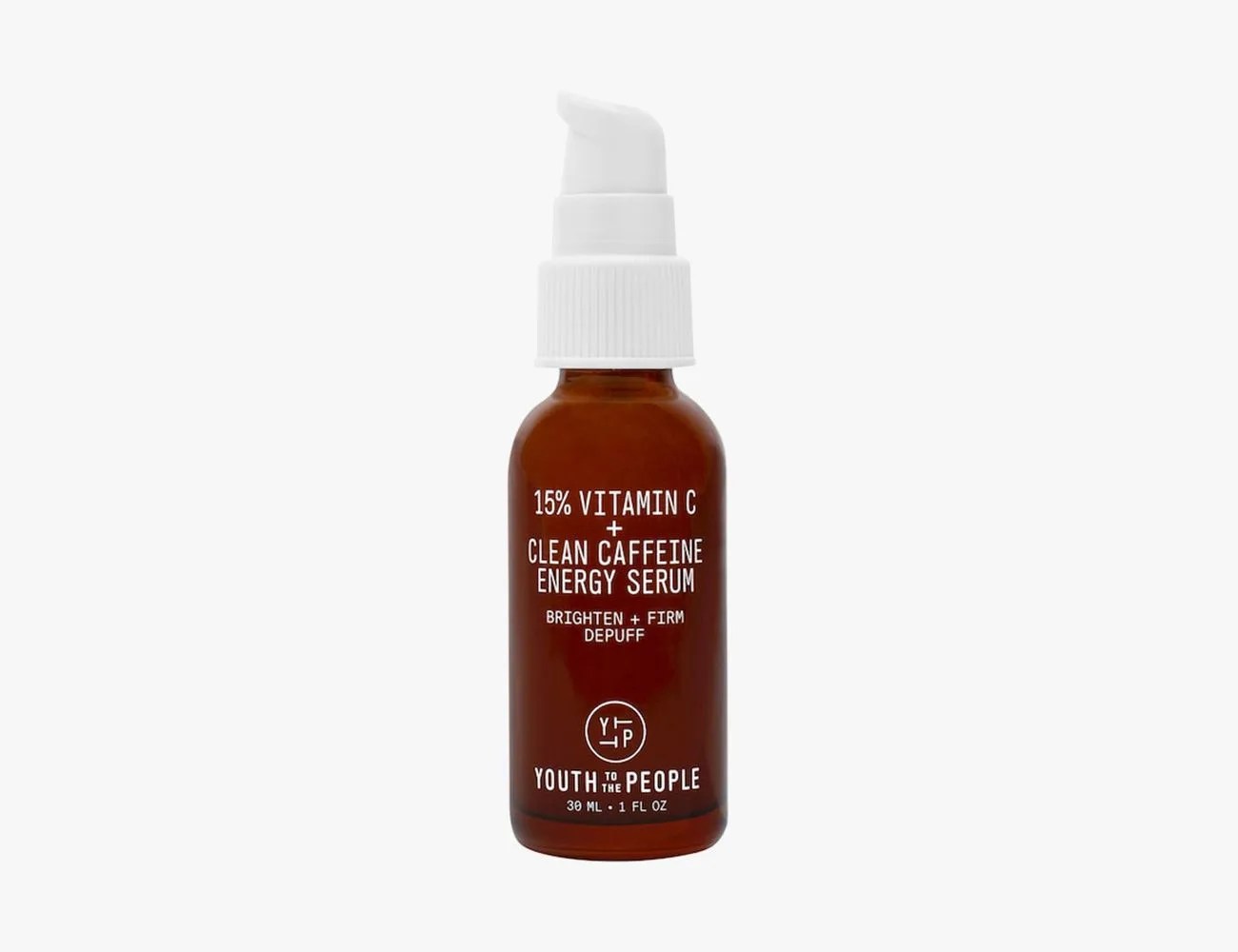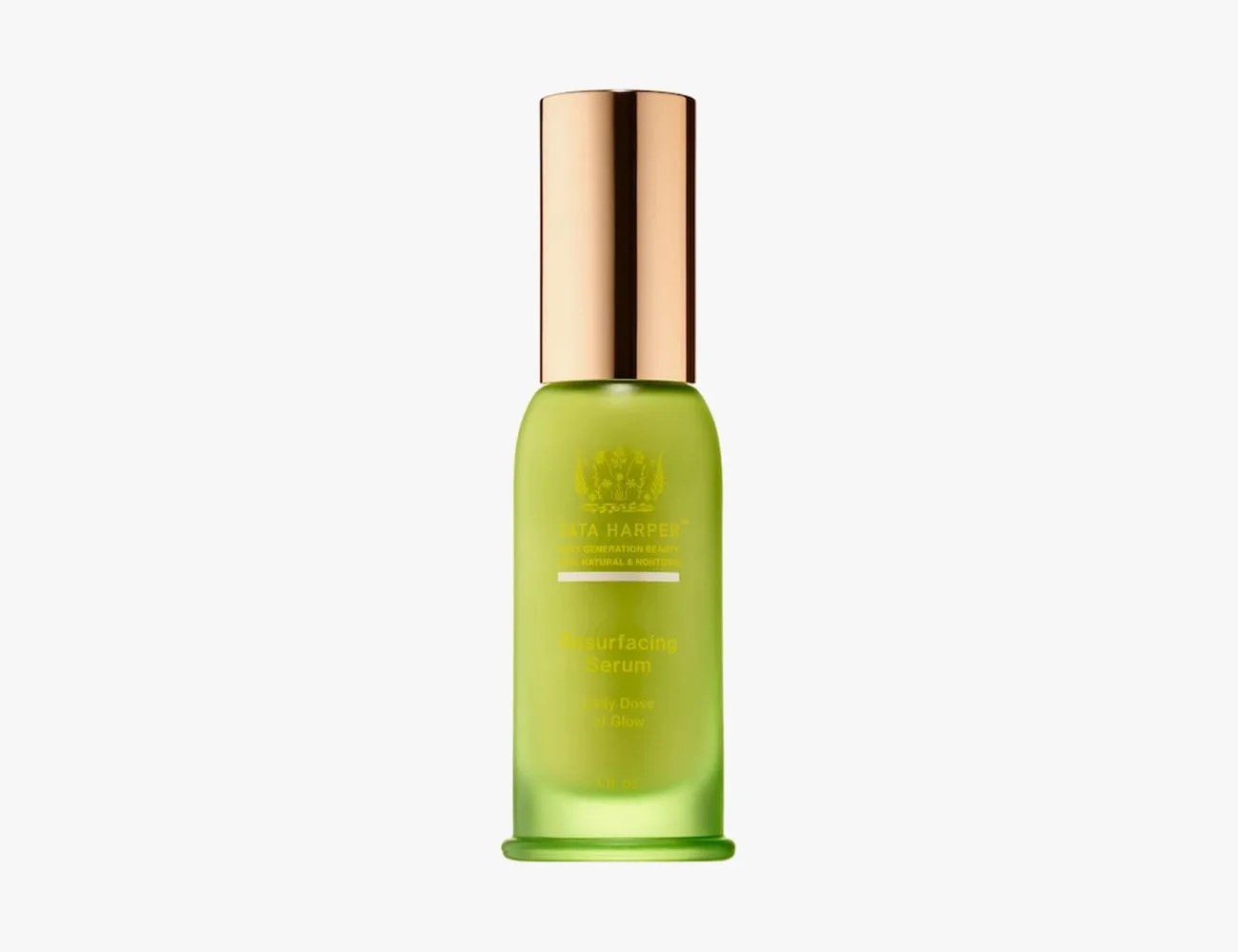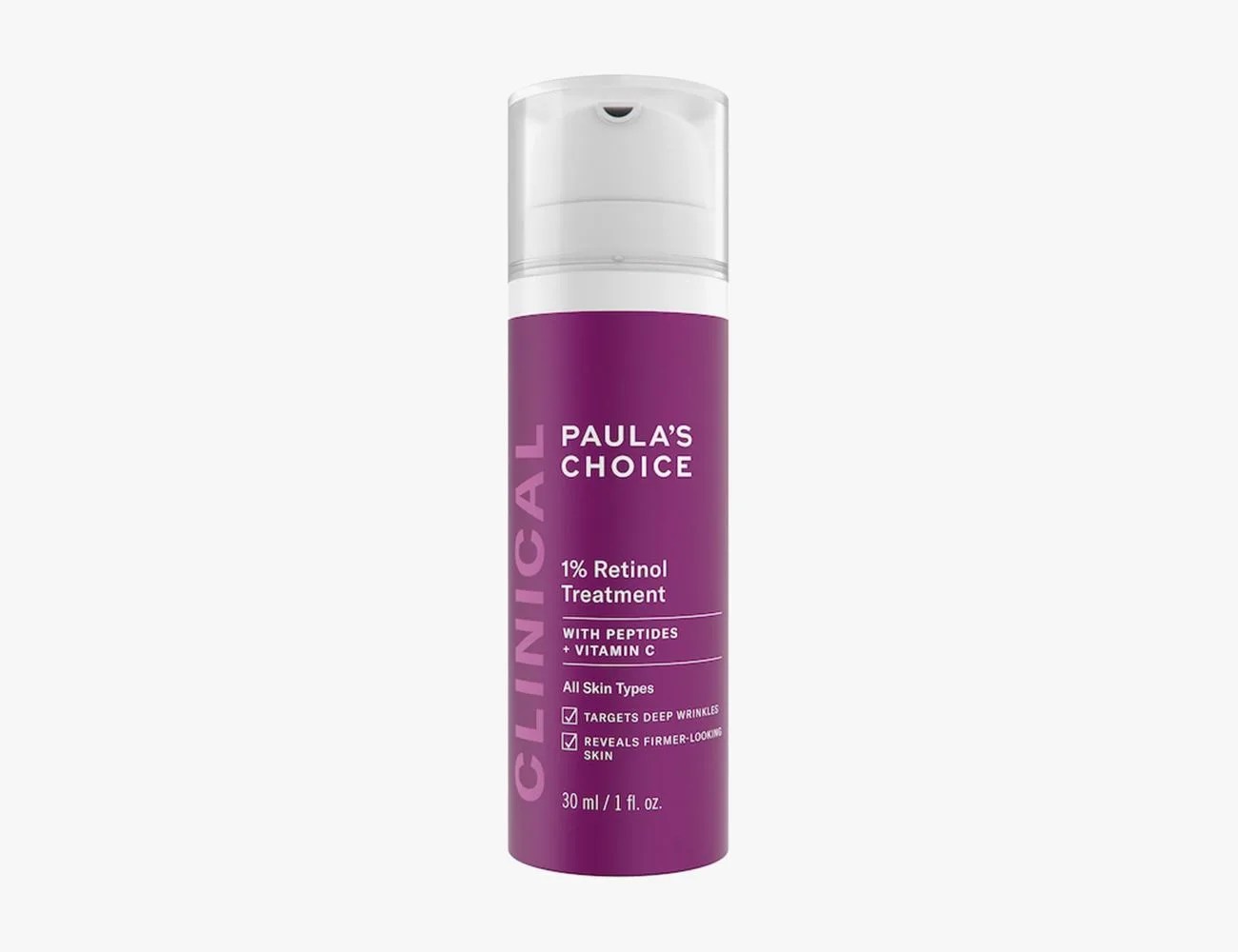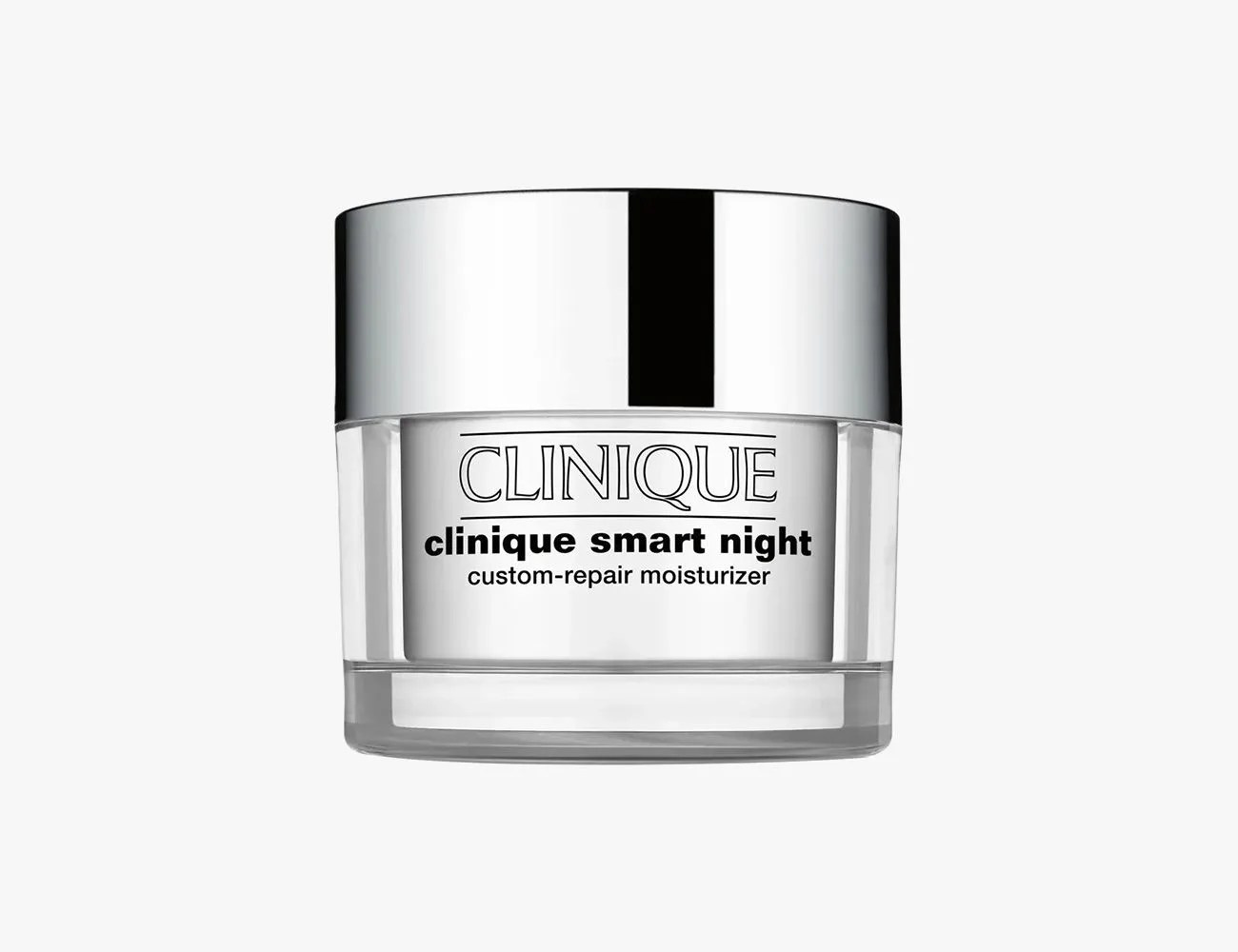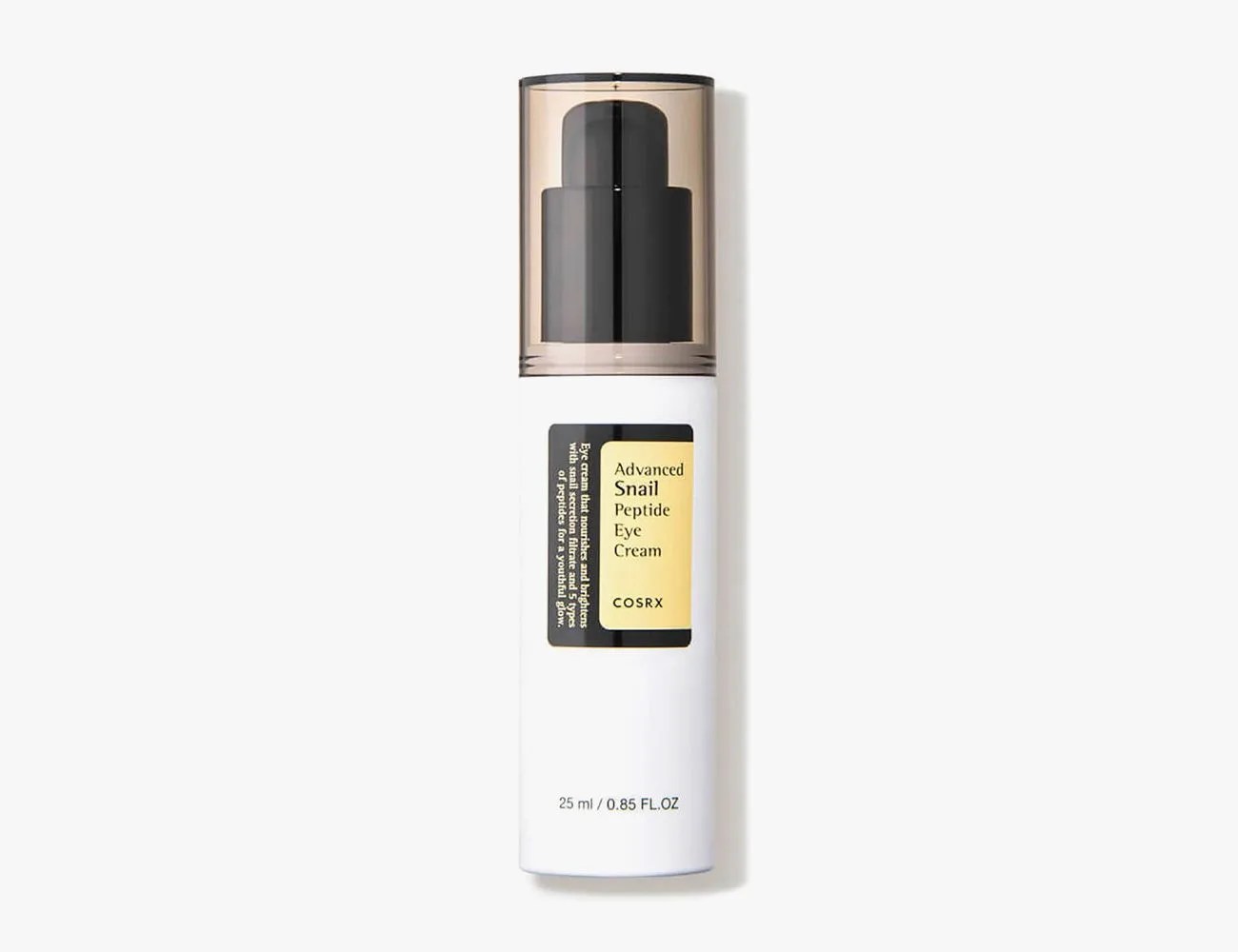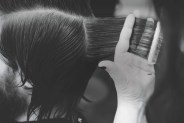We should think of our skincare routine like we do a wellness regimen: The biggest, most overarching goal is to take care of ourselves and to enjoy long-term benefits. Yes, the short-term victories in these routines are nice, like preventing pimples or pants that fit more comfortably. But it’s those long-term goals that should be the bigger target. And in terms of skincare specifically, that’s where an anti-aging regimen comes into play. Don’t think of it as a way to prevent the inevitable: You can’t look 25 forever. Rather, it’s a way to support your skin’s functions when the body naturally gives way to age.
For example, the skin’s natural collagen levels decrease as we age, specifically in our late 20s and into our 30s. It’s the loss of firmness and resilience that leads to wrinkles and fine lines. The delicate skin around the eyes — already much thinner than anywhere else on the body — almost becomes translucent. You can see the blood vessels behind them more easily (the dreaded dark circles), and the fat deposits under the eyes droop down when we’re tired or dehydrated. An anti-aging regimen can help counter these effects.
The right regimen can also prevent and reduce discoloration, acne and dark spots/scarring, rough texture, and hyperpigmentation. Some products can even reverse the impact of these things on the skin.
All of these things fall under the umbrella term “photoaging”. That is to say, they are the visible effects of aging, which themselves can be accelerated by a lack of any regimen, as well as poor habits that don’t support skin health. If you want to take charge of your appearance — and to look 30 at age 35 or look 40 at age 50, then it’s not too late. We can’t promise you’ll look 25 again, but we can promise that your friends will notice a significant change — no botox or fillers required.
1. SPF moisturizer on the daily
Since moisturizer is a baseline skincare product, it’s best if you pick up one with SPF 30+. Consider this simple addition of sunscreen in a skincare step you’re already taking: It blocks the vast majority of the sun’s UV rays, which themselves are responsible for much of the accelerated aging our skin experiences. It might feel weird applying sunscreen over top of your moisturizer — especially in colder months when UV rays are very much still present — which is also why it’s great to combine SPF and hydrating into one step. Plus, most SPFs can also help bounce the negative, dulling impact of blue-light devices on our skin, which we’re learning is another defense we need these days.
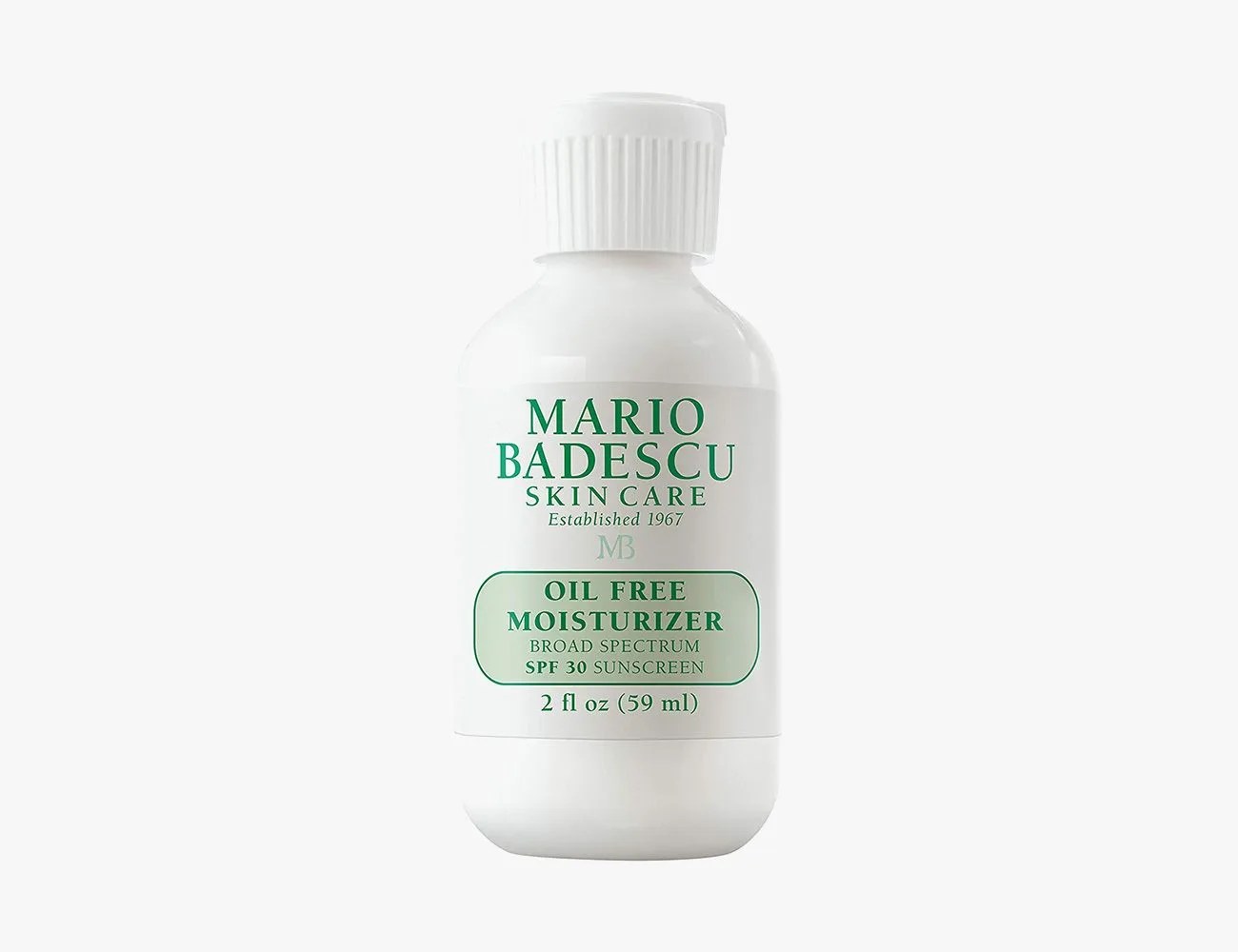 Amazon
Amazon